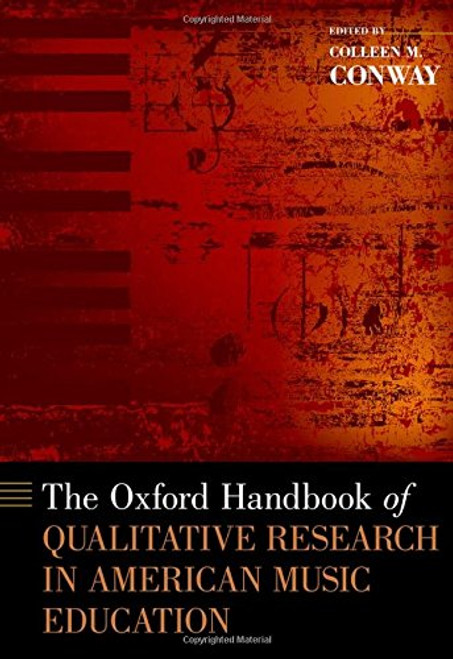Product Overview
During the past 30 years, researchers have made exciting progress in the science of learning (i.e., how people learn) and the science of instruction (i.e., how to help people learn). This second edition of the Handbook of Research on Learning and Instruction is intended to provide an overview of these research advances. With chapters written by leading researchers from around the world, this volume examines learning and instruction in a variety of learning environments including in classrooms and out of classrooms, and with a variety of learners including K-16 students and adult learners. Contributors to this volume demonstrate how and why educational practice should be guided by research evidence concerning what works in instruction. The Handbook is written at a level that is appropriate for graduate students, researchers, and practitioners interested in an evidence-based approach to learning and instruction.
The book is divided into two sections: learning and instruction. The learning section consists of chapters on how people learn in reading, writing, mathematics, science, history, second language, and physical education, as well as how people acquire the knowledge and processes required for critical thinking, studying, self-regulation, and motivation. The instruction section consists of chapters on effective instructional methodsfeedback, examples, questioning, tutoring, visualizations, simulations, inquiry, discussion, collaboration, peer modeling, and adaptive instruction.
Each chapter in this second edition of the Handbook has been thoroughly revised to integrate recent advances in the field of educational psychology. Two chapters have been added to reflect advances in both helping students develop learning strategies and using technology to individualize instruction. As with the first edition, this updated volume showcases the best research being done on learning and instruction by traversing a broad array of academic domains, learning constructs, and instructional methods.







